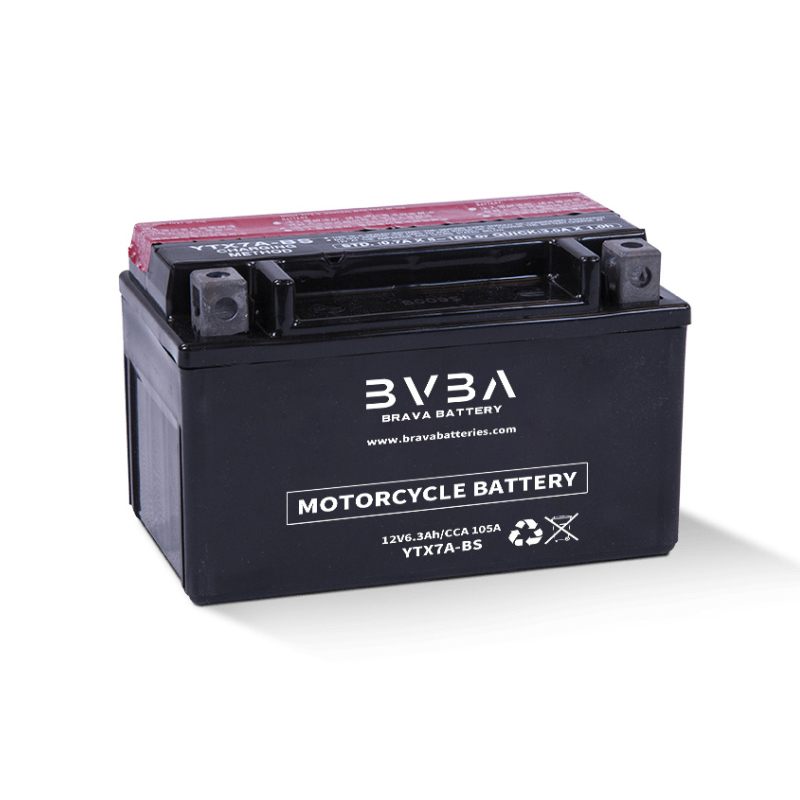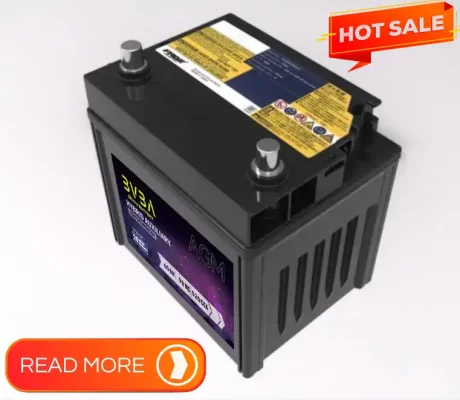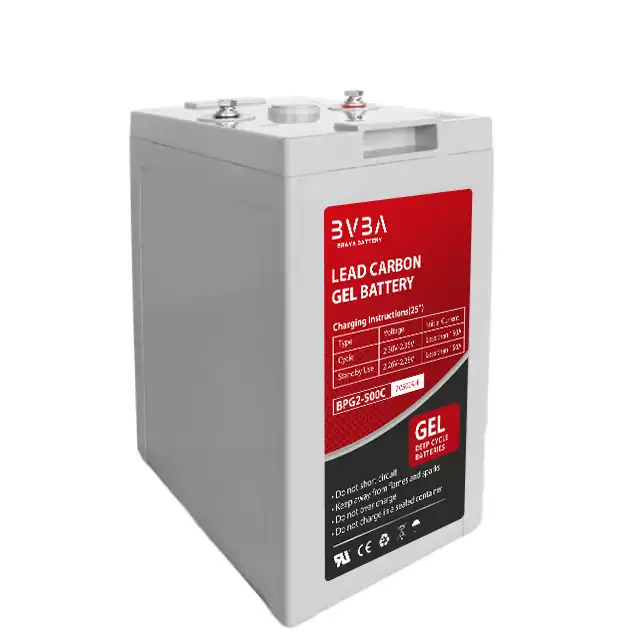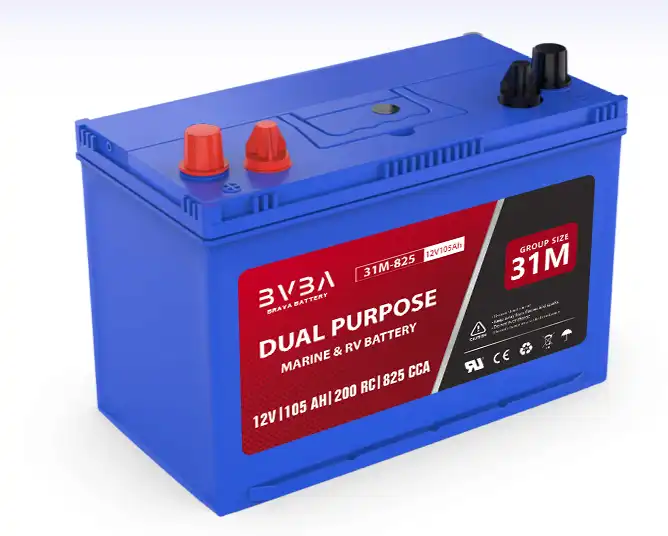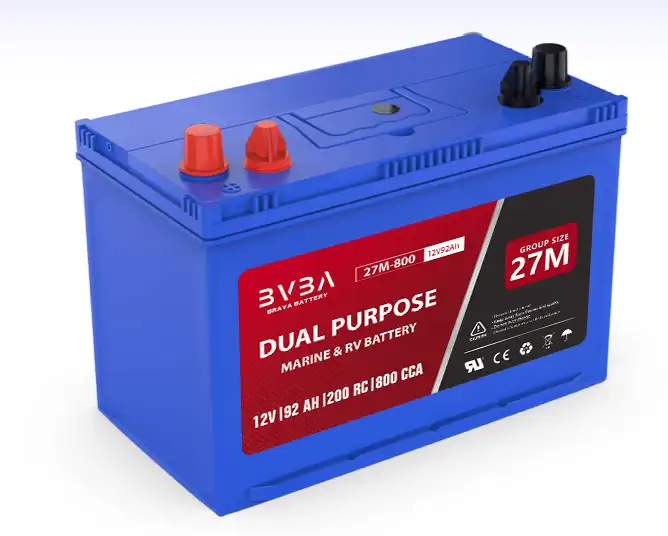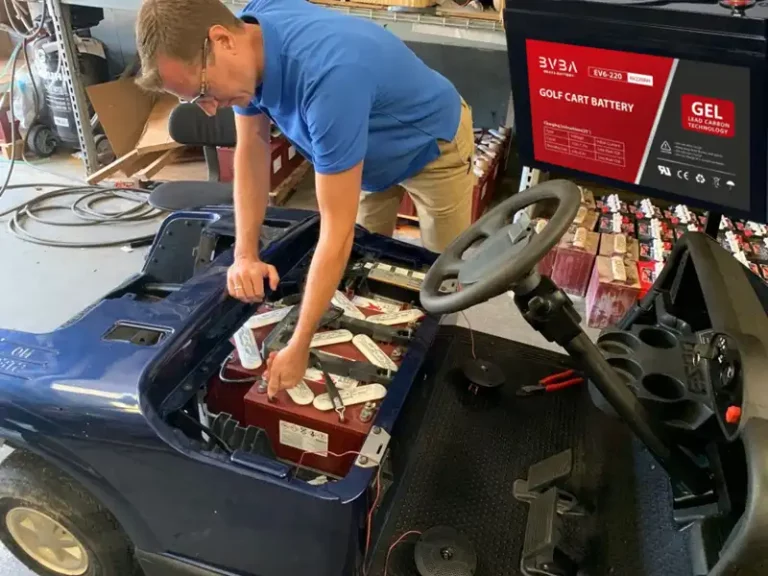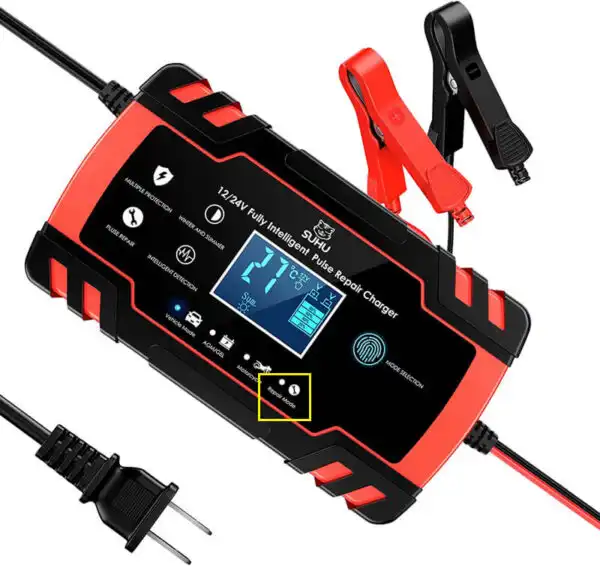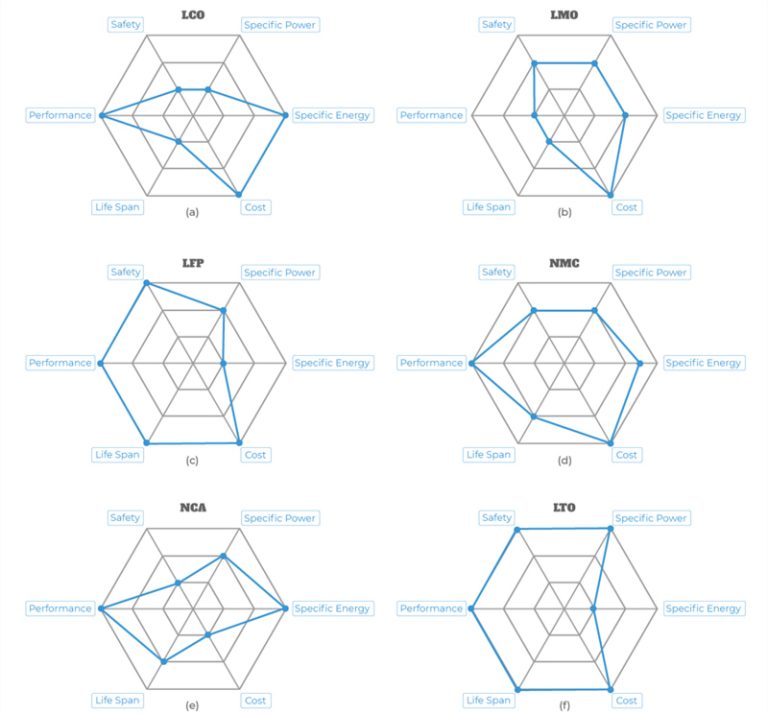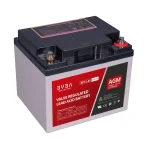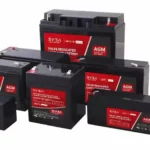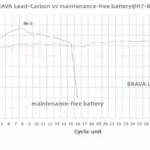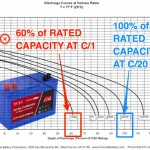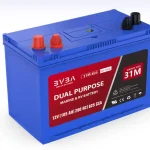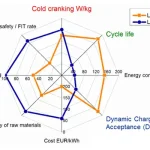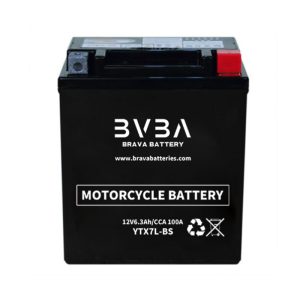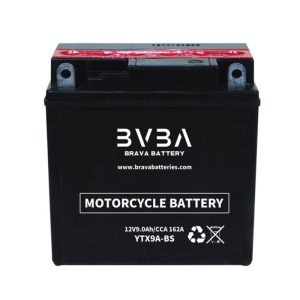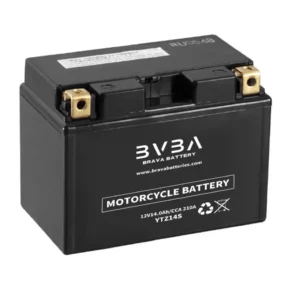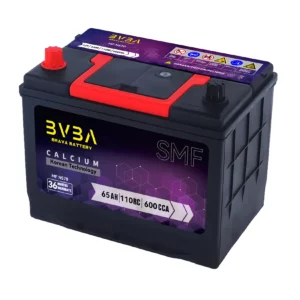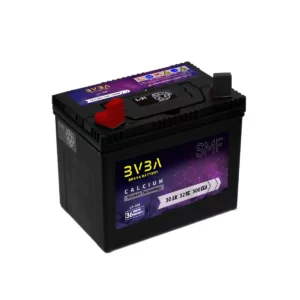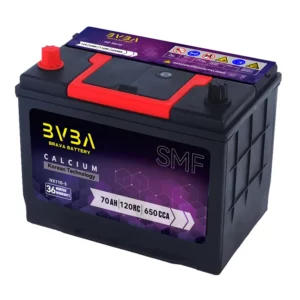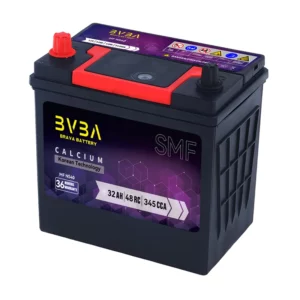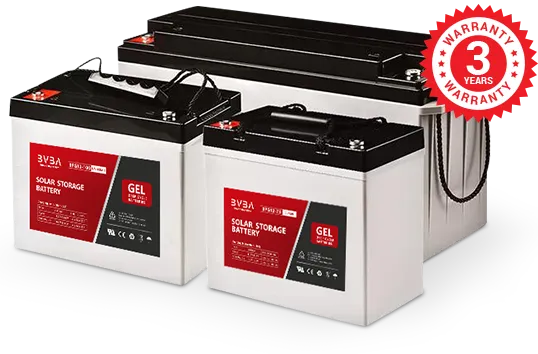SLA BATTERY TYPES
GEL AND ABSORBENT GLASS-MATT DESIGN
There are two SLA battery technologies that are most commonly known on the market – GEL and AGM. The AGM type is typically preferred for applications that require high burst of power and the GEL type is mainly used in applications requiring frequent or daily use.
AGM stands for Absorbed Glass Mat. These types of batteries use special glass matt to keep the battery electrolyte between the lead plates. This allows for less resistance within the battery, which in turn provides a higher discharge. AGM batteries are cheaper but can have more power capacity compared to the same size GEL batteries. However they are not able to cycle as many times as the GEL.
The GEL battery uses a silica type gel to suspend the electrolyte. These batteries are more expensive but have superior cycle life compared to AGM batteries. However GEL technology gives off a lower discharge than the AGM. GEL batteries perform better in slightly higher ambient temperatures. The price per cycle of the two types is comparable.
DEEP CYCLE AND STARTING BATTERIES
Deep cycle batteries are able to provide sustained power over extended periods of time and are designed to be repeatedly charged and discharged. Starting batteries, also known as SLI (starting, lighting, ignition) batteries, must be able to deliver a large amount of power over a short period of time. The main difference in their construction lies in the thickness of the lead plates inside them and the density of the active material. There are some batteries designed to handle both starting and deep cycle applications. They are known as Dual Purpose batteries.
How Does an SLA Battery Work?
Despite the fact that their design is over 160 years old, SLA batteries continue to be used in a wide variety of applications ranging from UPS units and wheelchairs to emergency lighting. There are few other batteries that deliver bulk power as cheaply as a lead acid battery. But how does an SLA battery actually work and how is it different from other lead acid options? Keep reading for answers to all of your SLA battery questions.
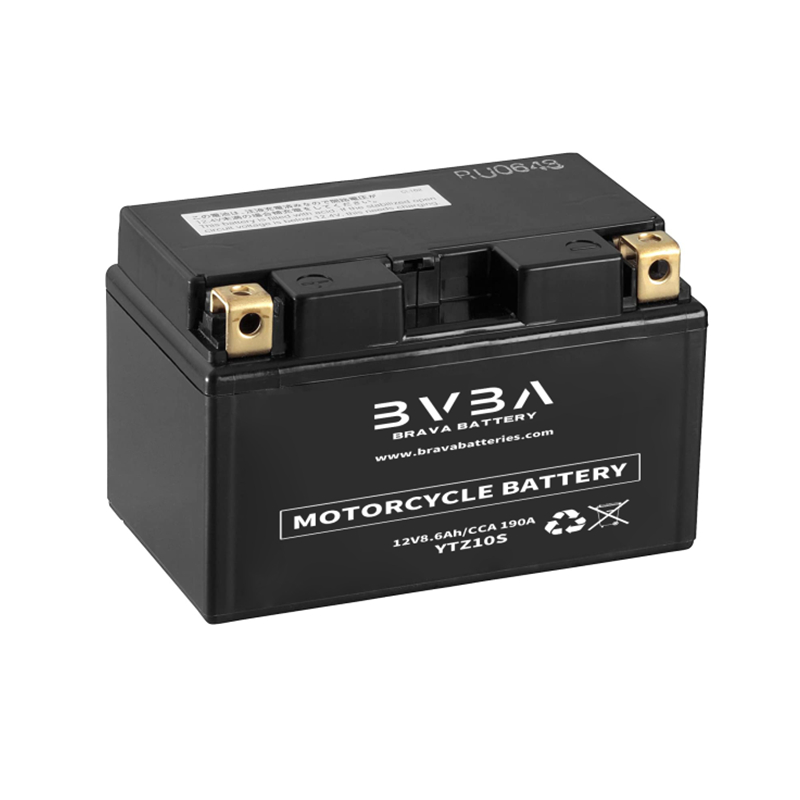
What Does SLA Mean on a Battery?
There are two basic types of lead acid batteries: vented lead acid batteries and Sealed Lead Acid (SLA) batteries. The main difference between the two stems from how the electrolyte functions within them (more on that term below).
Vented lead acid batteries – This type of battery vents hydrogen and oxygen gas into the air when recharged. During this process, some of the water is lost to evaporation. That’s why vented lead acid batteries require you to occasionally add distilled water to them.
SLA batteries – This type of battery has a sealed design, which doesn’t allow gasses to escape. Because of this, there is no water loss during the recharging process and the gasses simply recombine into the original electrolyte.
What are the Different Parts of an SLA Battery?
SLA battery is constructed from a number of components that work together to produce electricity.
Cells – The interior of SLA batteries are divided into a number of different cells. Each cell contains several grids, which house a number of lead plates.
Plates – The plates are either positively or negatively charged and are arranged in an alternating pattern of positive and negative grids divided by a series of separators.
Electrolyte – In each cell, the grids containing the plates are submerged in a solution of water and sulfuric acid called an electrolyte. The chemical reaction between the electrolyte and the battery plates produces the electricity within a battery.
Terminals – These are the electrical contacts used to drive current into a device or back into the battery when it is being recharged.
How Does an SLA Battery Produce Power?
An SLA battery is an electrochemical device that converts stored chemical energy into electrical energy when the battery is connected to some kind of device (referred to as an external load). Here’s how the process breaks down:
- The electrolyte contains positively charged hydrogen ions and negatively charged sulfate ions.
- When you attach a load to the battery, the sulfate ions in the electrolyte move to the negative plates and give up their negative charge.
- The remaining sulfate combines with the active materials on the plates to form lead sulfate. This weakens the strength of the electrolyte and the sulfate on the plates acts as an electrical insulator.
- The extra electrons travel out of the battery’s negative terminal, move through the device that’s being powered and then back to the positive side of the battery.
- At the positive battery terminal, the electrons flow back in and are accepted by the positive plates.
- The oxygen in the lead dioxide reacts with the hydrogen ions to form water and the lead reacts with the sulfuric acid to form lead sulfate.
- The movement of ions throughout the electrolyte creates the flow of current. As the cells begin to discharge, the number of ions in the electrolyte will decrease and the amount of active material that can accept them also decreases as it becomes coated with sulfate.
- This will continue until the battery’s voltage drops so low that it can no longer deliver electricity.
- When it reaches this point, the battery is discharged and the electrolyte more closely resembles water.
How Do You Charge an SLA Battery?
Charging an SLA battery reverses the process listed above by converting electrical energy from a charger back into chemical energy within the battery. In a car or other vehicle, the battery is recharged by the alternator. If you’re using an SLA for a different application, such as a wheelchair or generator, you’ll need to pick up a battery charger.
Where Can You Buy Battery Chargers?
Batteries Plus has battery chargers for practically any application. When shopping for one, be sure that the charger you select matches both the chemistry and voltage of your battery. For example, if you’re buying a charger for a 12-volt AGM wheelchair battery, you need to find a 12-volt charger that’s compatible with AGM batteries. For more information read our article entitled “How Do Lead Acid Battery Chargers Work?”
Batteries Plus is Your SLA Battery Headquarters
Batteries Plus is your source for general purpose, deep cycle, gel and high rate SLA batteries. If you have questions regarding which type of SLA battery you need, consult our SLA Battery Buying Guide, or contact your nearest Batteries Plus location.
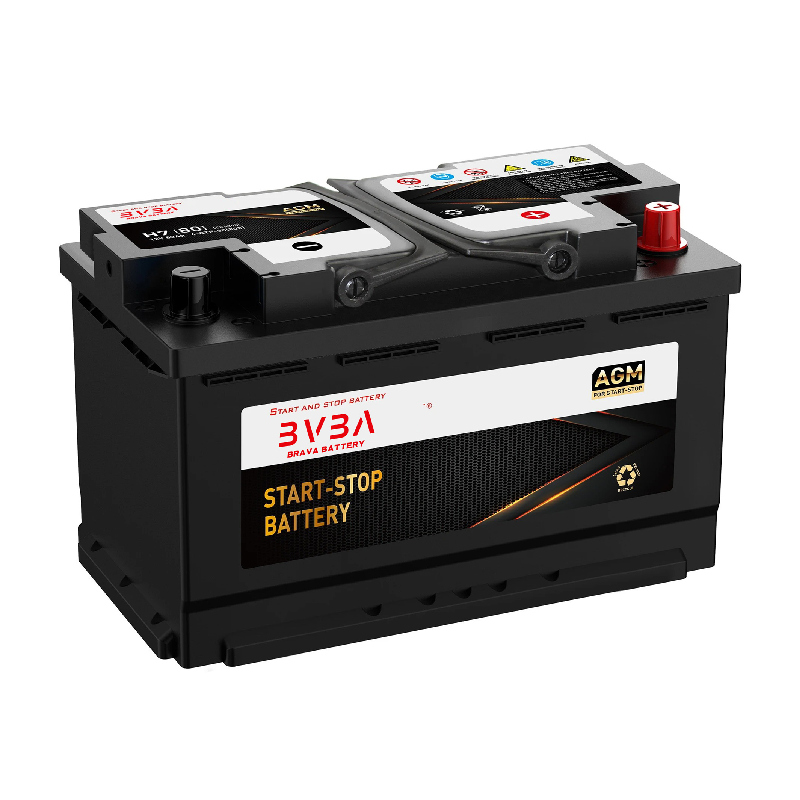
CHARGING SLA BATTERY
GENERAL
There are two things you need to remember when charging a battery. First, charge the battery back to the level it was at before any discharge. Second, to charge a 12-Volt battery you will need a 12 Volt charger and for a 6-Volt battery you will need a 6-Volt charger. In other words you have to make sure that the voltage of the charger matches the voltage of the battery. Keep in mind that if you connect two 12 volt batteries in series to get 24 volts, then you may use a 24 volt charger, or charge the batteries separately.
One common question regarding charging SLA battery is for how long you have to charge them. There is a simple formula you can use to get an estimate of the needed charging time. Multiplying the amperage of the battery by 1.3 and then dividing the total by the amperage of the charger will give you the hours for which you have to charge the battery, assuming it was completely discharged.
When connected to the charger, SLA battery reach 70% of their capacity in the first couple of hours (rapid charge stage). The remaining 30% of the charge is completed at a much lower speed during.
Battery chargers can come with different connectors or clips. Some of the most popular ones are the 3-pin XLR connector and the Alligator clip. You have most likely seen XLR connectors, as they are very popular in audio and video equipment. They come in male and female versions. Chargers use the male version. Alligator clips are named that way due to their resemblance of the jaws of an alligator. You have most likely seen a large version of these clips at the end of jumper cables.
CHARGING BATTERIES FOR STANDBY APPLICATIONS
Most SLA batteries are rarely cycled due to their application (UPS, burglar alarms, exit lights), rather they are kept in a standby mode and are constantly charging, in other words, receiving a float charge. A float charge comes at a constant float voltage of 2.25 – 2.30 Volts per cell. This low voltage prevents the battery from losing capacity and prolongs battery life expectancy. Most stand-by applications have built-in chargers responsible for providing float charge and maintaining its batteries. Keep in mind that sometimes these chargers do not work properly and can fault the battery sensor of the device to show a low battery signal. Often the battery does not need to be replaced. This is why we recommend troubleshooting the application and either check the voltage readings of the battery or the output voltage of the application’s charger.
Scooter Batteries Related Products:
Related Products Application:
Stop-Start Battery Related Posts:

